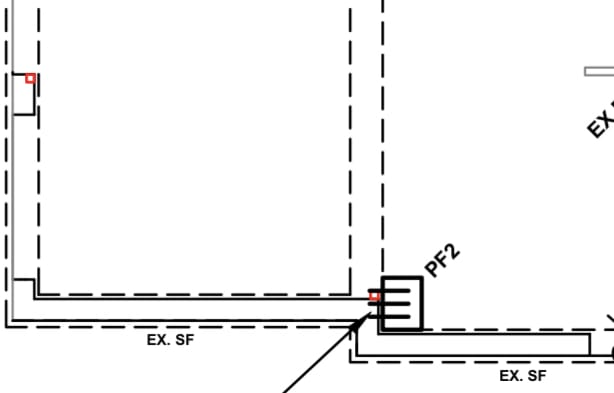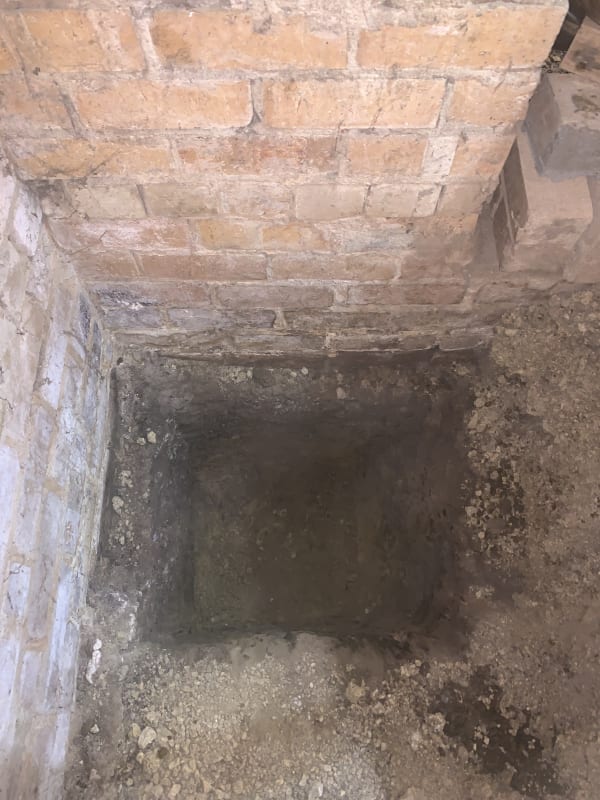NicB5858
Computer
- Jul 7, 2021
- 3
Hi, we’re soon to commence a renovation and I dug one of the two pad footing holes for structural steel (in preparation for Buidler to pour footing etc.), adjacent to an existing strip footing. The footing pour has been delayed (weeks) - is there any risk of undermining the existing strip footings by leaving the hole as is? It was a 550 deep excavation in one place, and didn’t go under the existing footing. Thanks




